Впервые опубликовано 30 апреля 1963 года. В 10 часов вечера 13–14 февраля 1945 года Главный бомбардировщик передал зашифрованный приказ: «Контроллер Plate-Rack Force: Прийти и бомбить зарево красных TI, как и планировалось». Печально известная атака RAF на Дрезден началась. Целевой город был одним из крупнейших в Германии, но не имел большой военной или промышленной ценности. Это был центр эвакуации раненых военнослужащих, а школы, рестораны и общественные здания были переоборудованы в больницы.
Власти ожидали, что этот город, часто сравниваемый с Флоренцией за его изящный стиль барокко, будет пощажен. К 1945 году легенда о том, что Дрезден никогда не будет бомбить, глубоко укоренилась. Этого не произошло. В феврале 1945 года, когда политические и военные руководители войны встретились в Ялте в Крыму, г-н Уинстон Черчилль срочно нуждался в демонстрации своей наступательной мощи и готовности помочь русским в их движении на запад. Дрезден, всего в семи милях от Восточного фронта, стал жертвой желания г-на Черчилля нанести эффектный «сокрушительный удар». Как оказалось, этот самый сокрушительный воздушный налет войны был осуществлен только после окончания Ялтинской конференции.
Город был беззащитен – даже местные ночные истребители Люфтваффе были на земле. Не было надлежащих бомбоубежищ. Дрезден принимал сотни тысяч беженцев из Силезии, Восточной Пруссии и Западной Германии, в дополнение к своему населению в 630 000 человек. До ста тысяч человек, возможно, больше, были убиты за два или три часа, сожжены заживо той ночью. Однако до появления первого издания этой книги в 1963 году этот налет едва ли фигурировал в военных историях союзников. Завеса была опущена на эту трагедию.
Уязвленный иностранным отвращением к этой новой бойне в День святого Валентина, британский премьер-министр, который приказал ее, написал гневную записку своему начальнику штаба еще до окончания войны, ворча, что «уничтожение Дрездена остается серьезным вопросом против проведения бомбардировок союзниками». Именно из этой удивительно забывчивой записки взят подзаголовок. Впервые рассказывается полная история, не упуская ничего, об историческом фоне этого жестокого удара и его неожиданных политических последствиях.
320 страниц
Специальное коллекционное издание. С оригинальными цветными фотографиями, в твердом переплете.







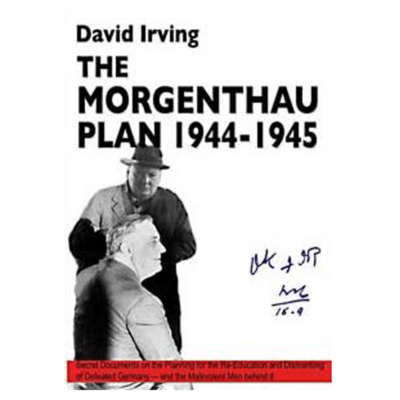


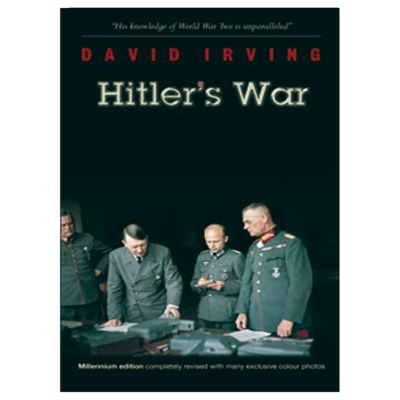



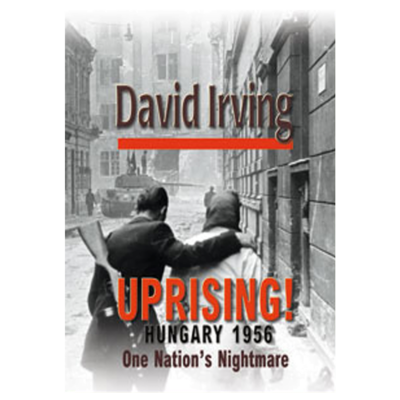

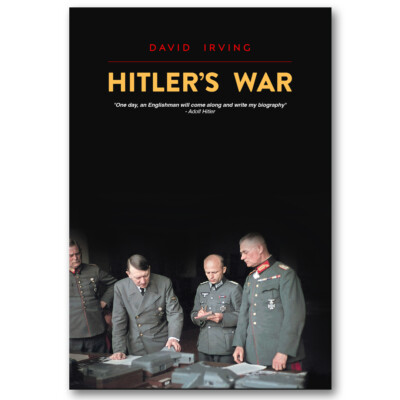
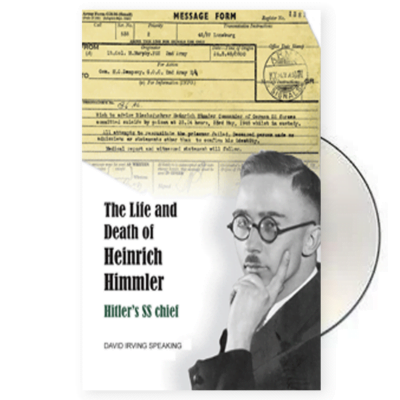
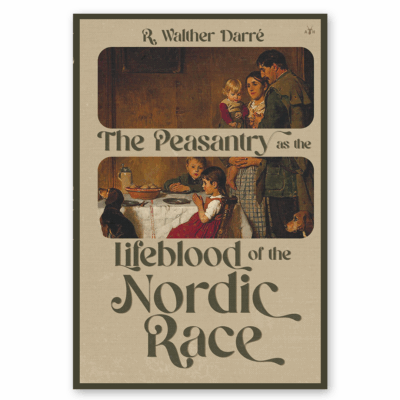


Отзывы
Отзывов пока нет.